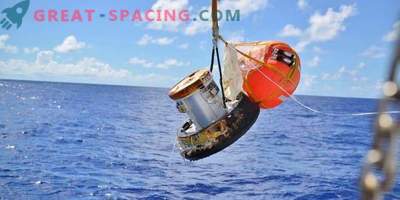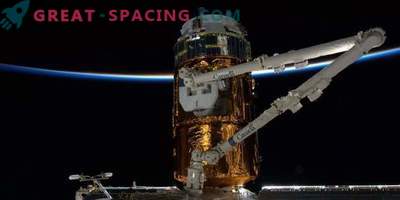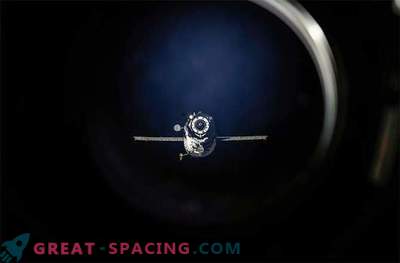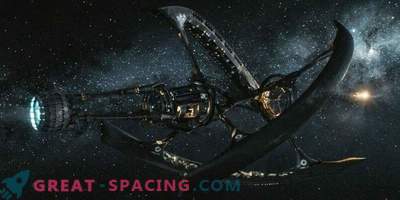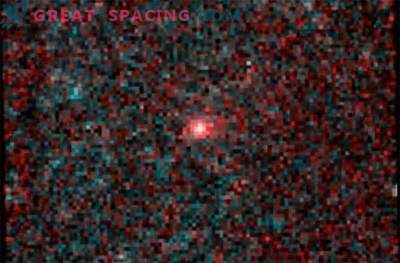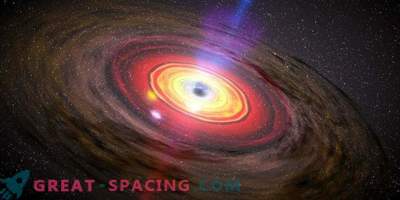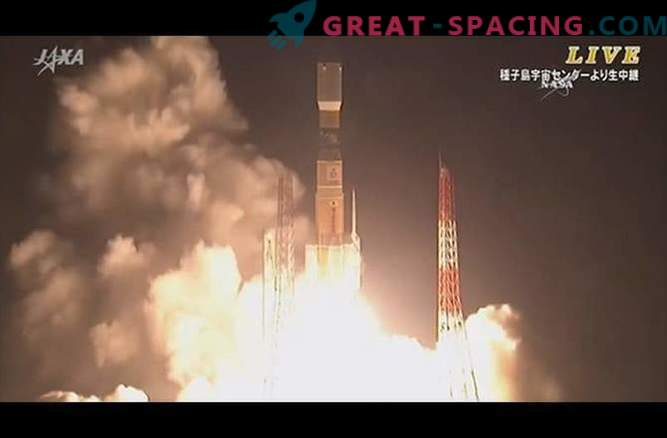
A robotic cargo ship was launched this morning to the International Space Station, starting a five-day voyage to the orbital laboratory to deliver tons of supplies and everything needed for experiments, including a rodent crew of 12 mice.
August 19, exactly at 7:50 am EST (11:50 CET, 8:50 pm Japanese time), Japanese cargo spacecraft "H-II Transfer Vehicle" (abbr. "HTV-5" ) launched on the carrier rocket "HII-B" from the Space Center Tanegashima. NASA broadcast the launch of "HTV-5" live from the Japan Aerospace Exploration Agency, which built and launched the ship.
The ship will arrive on the ISS on the morning of August 24, on Monday, if everything goes according to plan. After that, astronauts will be able to begin unloading five and a half tons of food, water, scientific equipment and other supplies from the HTV-5.
And although there are no people on the “HTV-5”, it still carries some of the living passengers. Namely, a dozen mice whose stay on board the space station will help researchers better understand the effects of microgravity on mammals.
Another useful cargo for scientists is the equipment for the ongoing "twin research". NASA astronauts, brothers Mark and Scott Kelly take part in it. Scott and cosmonaut from Russia Mikhail Kornienko have been participating in an unprecedented annual experiment at the orbital station for about 5 months, the goal of which is to establish how a long-term space flight affects astronauts in terms of psychology, physiology and genetics. And Mark Kelly, here on Earth, acts as a "sample" with which you can compare Scott. These two are identical twins, so they have the same genetic code.
The “HTV-5” also carries a special apparatus on board - a calorimetric electron telescope called “CALET”; it will be installed outside the International Space Station to catch signs of elusive dark matter, which is called so, because it seems that emits and does not absorb light. Dark matter cannot be observed with an ordinary telescope. However, the study of the gravitational properties of matter suggests that dark matter is 4 times more common in the Universe than "ordinary".
According to NASA, CALET will also measure cosmic rays of intense energy that pose a radiation exposure hazard for astronauts in space.
There are 14 cubesat miniature satellites produced by Planet Labs from San Francisco on board the Japanese cargo ship. They can transfer high-resolution images of Earth to various customers at minimal cost. The Kubsatas, called Doves, will later be sent from the space station for free flight around the planet.
Today's successful launch will bring the total number of “Pigeons” in orbit to 101, as a spokesman for “Planet Labs” said. "HTV-5" was originally planned to start on August 16, on Sunday, but the bad weather forced the date to be postponed several times.
The ship of the Japan Aerospace Exploration Agency (JAXA) "HTV" is also called "Kounotori" (from Jap. "White Stork"), which is associated with its function of cargo delivery. Prior to this, the 4 ships "HTV" had already been sent to the space station, one ship in 2009, 11, 12 and 13 years.
The spacecraft "HTV" is designed to burn in the atmosphere of the Earth after its task is completed, like the Russian "Progress" and the private supply vessel "Cygnus", built by the American aerospace company "Orbiral ATK". Capsule "Dragon" from "SpaceX" - is the only currently operating space cargo vehicle that can return to Earth.



